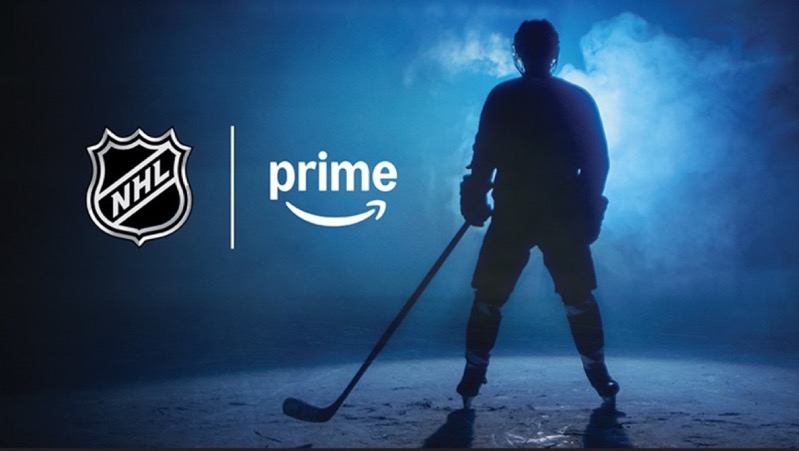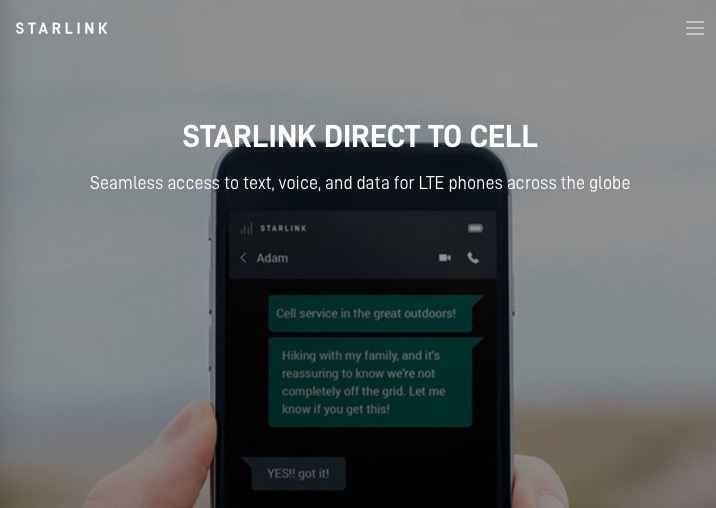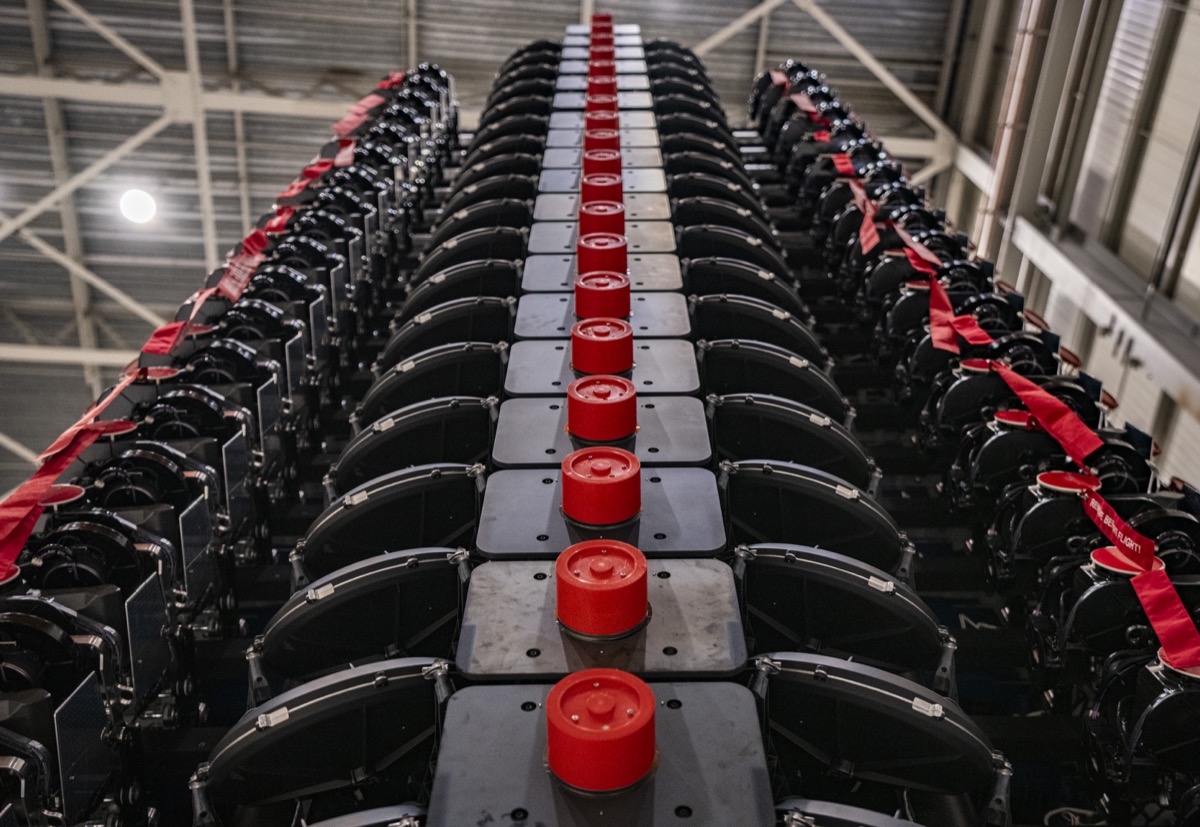
Rogers and SpaceX Starlink Cell Coverage Gets One Step Closer

Last night, SpaceX’s Falcon 9 rocket made a significant stride in global communication technology by launching 21 Starlink satellites, including its first six with innovative Direct to Cell capabilities, from Vandenberg Space Force Base in California, reports Tesla North.
The Direct to Cell feature allows mobile network operators globally to provide seamless access to texting, calling, and browsing in areas that previously had no cell coverage. These advanced satellites, functioning akin to space-based cellphone towers, are set to revolutionize communication on land, lakes, and coastal waters, eliminating the need for hardware or firmware modifications.
SpaceX’s first cellular provider partners include T-Mobile, Rogers in Canada, KDDI, Optus, One NZ, Salt, and Entel, who are now able to offer reciprocal access across partner nations, thereby significantly expanding global connectivity and addressing dead zones.
The Direct to Cell technology, compatible with existing LTE phones, requires no additional apps or changes, ensuring easy access to communication services. Starting in 2024, the service will facilitate text connectivity, with voice and data services to follow in 2025, along with IoT integration.
Here’s an image of the first Direct to Cell Starlink satellites SpaceX shared yesterday:
SpaceX’s expertise in manufacturing and launching sophisticated rockets and spacecraft has been pivotal in deploying these satellites. Initially launched on Falcon 9 rockets, future deployments will utilize SpaceX’s Starship, the largest rocket in history (you know, the one that’s destined for Mars and the Moon). Once in orbit, these satellites will connect to the Starlink constellation via laser backhaul, ensuring comprehensive global connectivity.
Rogers announced back in April its partnership with SpaceX for satellite phone coverage across Canada. The carrier also partnered with Lynk Global and recently announced it successfully tested its first satellite phone call in Canada with the latter.
Last month, the U.S. FCC approved SpaceX to test its Starlink Direct to Cell service for six months, across numerous areas across the nation.
SpaceX is set to deploy 840 satellites, serving as cell towers in orbit, to offer connectivity for around 2,000 test devices. Initially targeting 13 locations for testing, the company has broadened its scope to encompass 12 more radioastronomy sites. Notable testing locations include Mountain View in California, Kansas City in Kansas, Redmond in Washington State, and Dallas in Texas.
Falcon 9 launches 21 @Starlink satellites to orbit from California, including six with Direct to Cell capabilities → https://t.co/FgiJ7LOYdK pic.twitter.com/IKBkTSB63C
— SpaceX (@SpaceX) January 3, 2024


